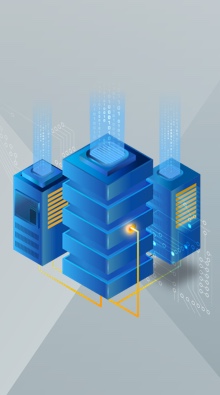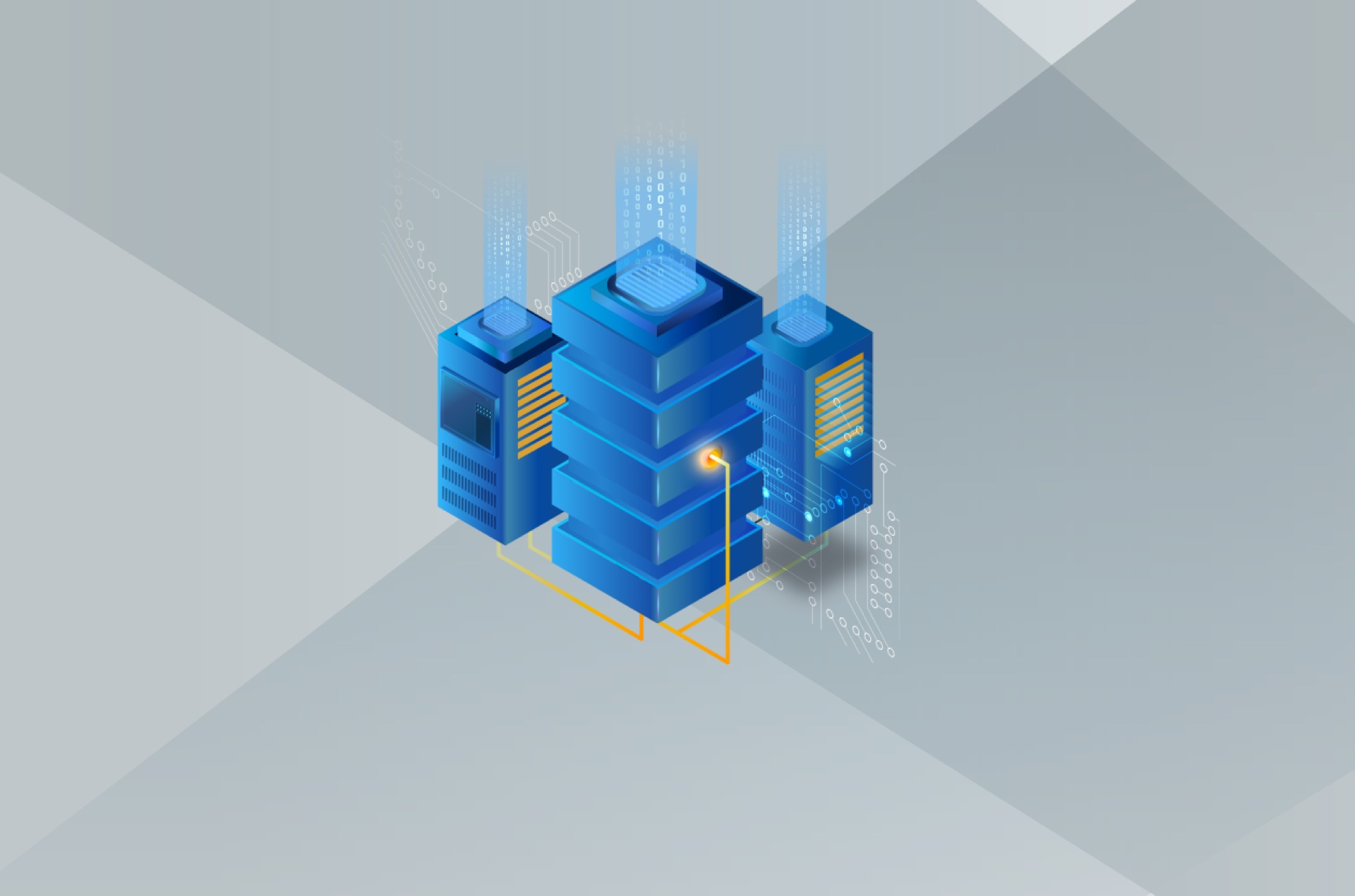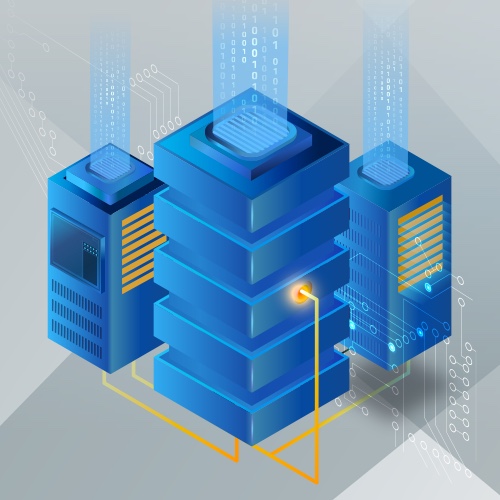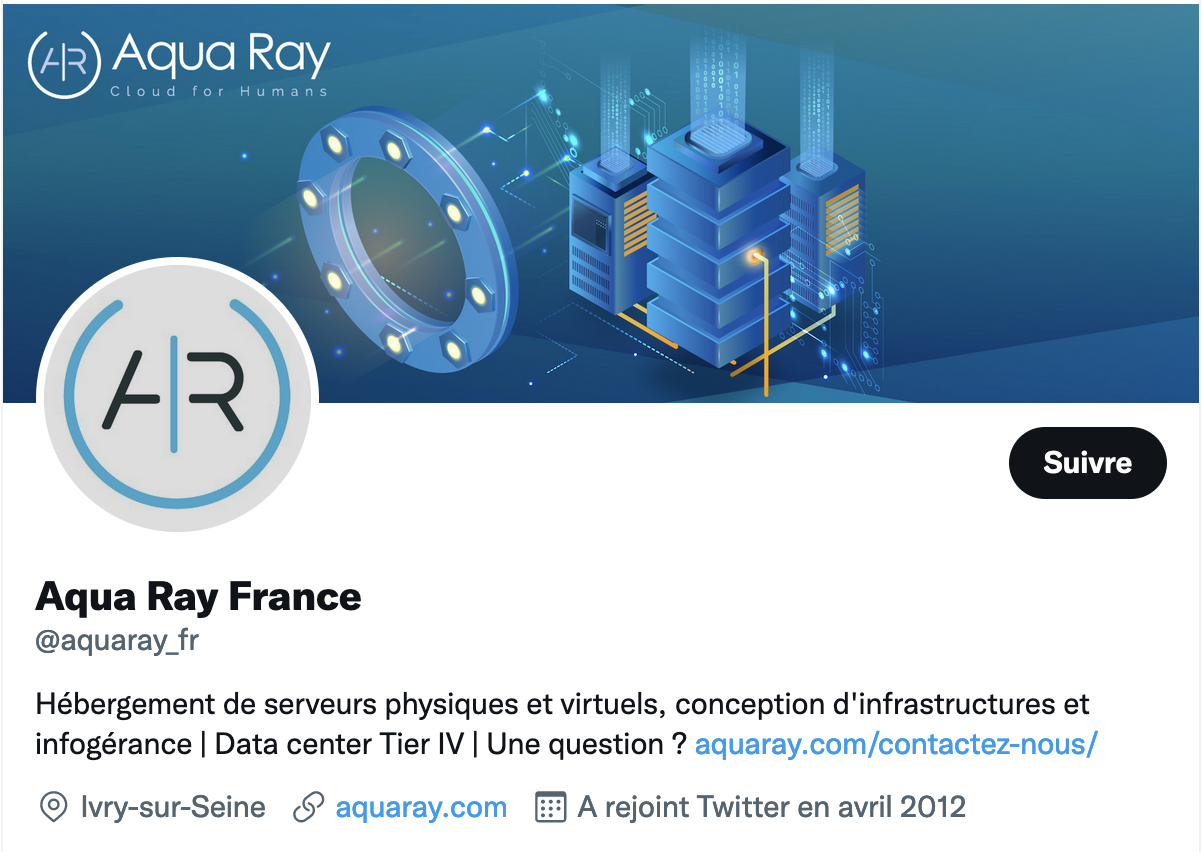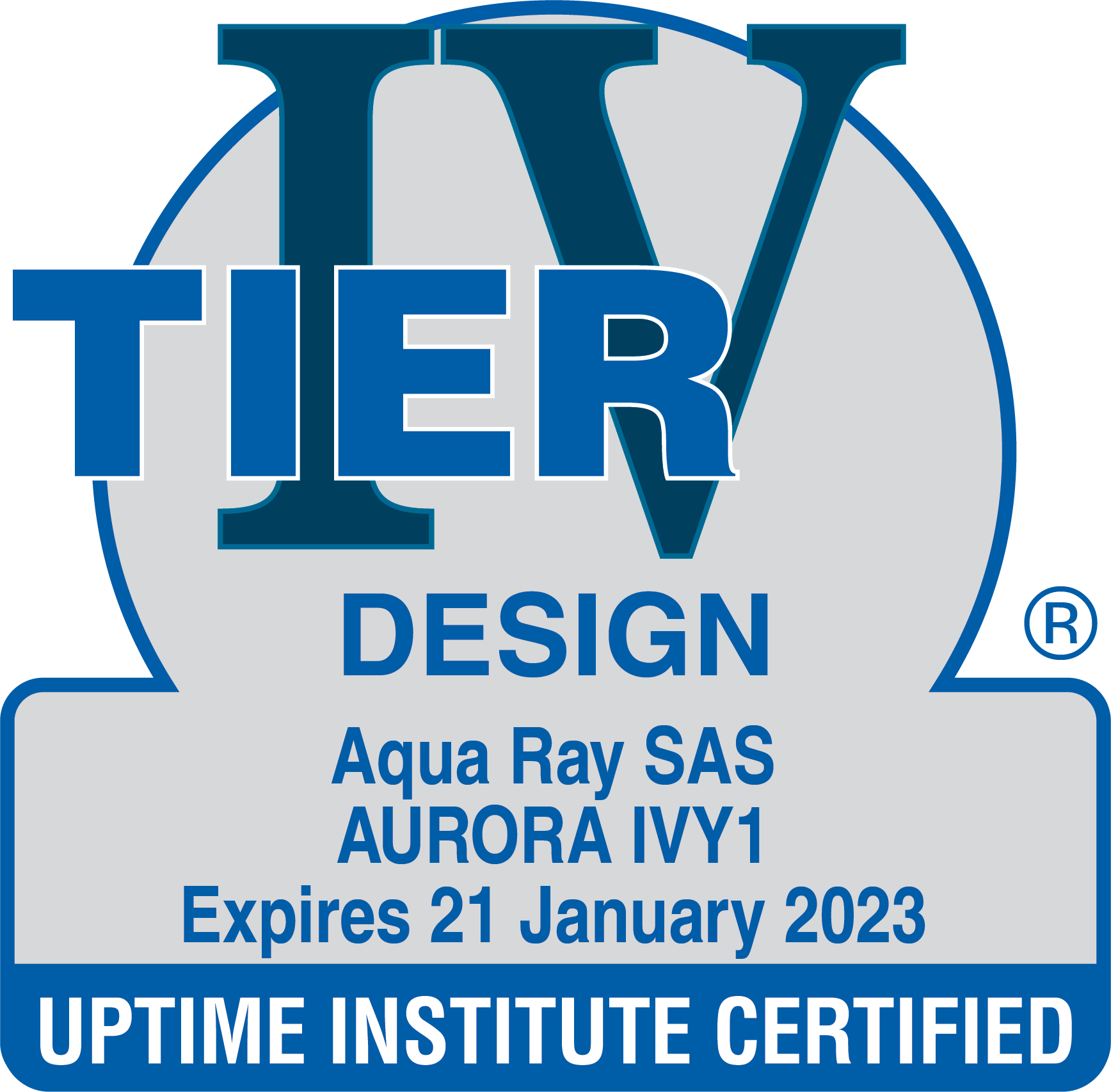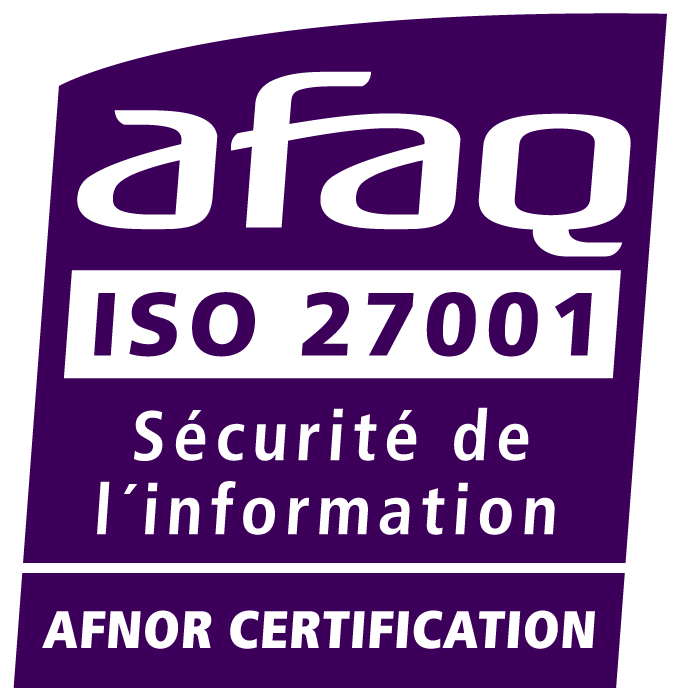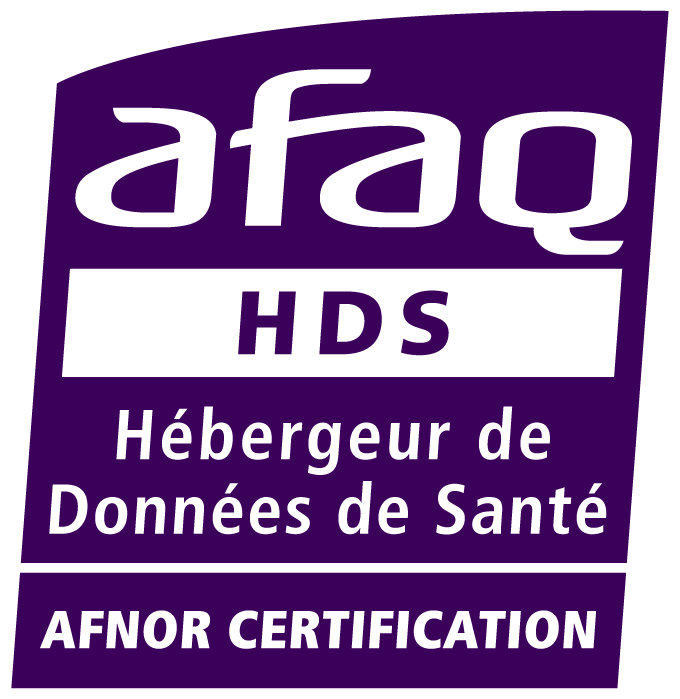The Aurora IVY1 data centre in Ivry-sur-Seine is built by Aqua Ray according to the Uptime Institute Tier 4 design. This means that it is completely fault-tolerant, with no impact on its service, and dimensioned according to very strict quality standards.
The Aurora IVY1 data centre in Ivry-sur-Seine is built by Aqua Ray according to the Uptime Institute Tier 4 design. This means that it is completely fault-tolerant, with no impact on its service, and dimensioned according to very strict quality standards.
Here are the different steps that led us to choose our cooling systems for server rooms (IT Room 1 and IT Room 2) in compliance with Tier 4 specifications.
Here are the different steps that led us to choose our cooling systems for server rooms (IT Room 1 and IT Room 2) in compliance with Tier 4 specifications.
Calculation of the required cooling capacity
For each of the rooms, we start by calculating, in the worst case scenario, what would be the cooling power needed to cool the room. The main source of heat is of course the heat dissipation of the servers. The evaluation is quite simple: we consider that a server with 100W of power will release 100W of heat.
For each of the rooms, we start by calculating, in the worst case scenario, what would be the cooling power needed to cool the room. The main source of heat is of course the heat dissipation of the servers. The evaluation is quite simple: we consider that a server with 100W of power will release 100W of heat.
But that's not all, other sources of heat have to be taken into account:
But that's not all, other sources of heat have to be taken into account:
-
the heat emissions produced by the room's lighting systems;
-
the contributions of the walls and the ceiling;
-
the air conditioning unit fans themselves;
-
and finally to the heat given off by the bodies of the humans in the room (it is estimated that a human gives off 290W of heat, which is still the equivalent of 3 large servers).
In the case of our IT Room 1 used to full capacity, we're up to 34.09kW of waste heat and 70kW for IT Room 2.
In the case of our IT Room 1 used to full capacity, we're up to 34.09kW of waste heat and 70kW for IT Room 2.
Choice of technology to be used
The 2 safest technologies for cold production in the industry are on the one hand direct expansion systems, and on the other hand systems based on chilled water circuits.
The 2 safest technologies for cold production in the industry are on the one hand direct expansion systems, and on the other hand systems based on chilled water circuits.
The Tier 4 specification requires that any room in the data center, or any passive or active element, can be "broken" without impacting the service. For the cooling system, it also requires what the Uptime Institute calls "continuous cooling". This means that the air-conditioning system must necessarily continuously run, even in the event of damage, and that it cannot be interrupted for even a single second.
The Tier 4 specification requires that any room in the data center, or any passive or active element, can be "broken" without impacting the service. For the cooling system, it also requires what the Uptime Institute calls "continuous cooling". This means that the air-conditioning system must necessarily continuously run, even in the event of damage, and that it cannot be interrupted for even a single second.
This last constraint is fairly easy to manage with a chilled water circuit system that will benefit from an inertia in the production of cold physically stored in the chilled water, even if the power supply to the blocks is interrupted for a few seconds - the time it takes for a generator to start, for example, or for an ATS to switch on (power source inverter).
This last constraint is fairly easy to manage with a chilled water circuit system that will benefit from an inertia in the production of cold physically stored in the chilled water, even if the power supply to the blocks is interrupted for a few seconds - the time it takes for a generator to start, for example, or for an ATS to switch on (power source inverter).
On the other hand, since it must be possible to break any part of the chilled water system (pipe or valve) or destroy any room in the building without affecting the service, the installation of the physical chilled water system can quickly become a headache.
On the other hand, since it must be possible to break any part of the chilled water system (pipe or valve) or destroy any room in the building without affecting the service, the installation of the physical chilled water system can quickly become a headache.
In direct expansion, it is the opposite, one frees oneself from the problems of the network, since there is none. On the other hand, you cannot interrupt the power supply to the blocks even for a second without breaking the principle of "continuous cooling" imposed by the Tier 4 specifications.
In direct expansion, it is the opposite, one frees oneself from the problems of the network, since there is none. On the other hand, you cannot interrupt the power supply to the blocks even for a second without breaking the principle of "continuous cooling" imposed by the Tier 4 specifications.
To our knowledge, there is therefore no ideal solution to meet the demanding Tier 4 specifications of the Uptime Institute. We chose to opt for direct expansion because the capacity/cost ratio seemed more in line with the needs of a small data center. For a larger data center, we could have chosen the opposite.
To our knowledge, there is therefore no ideal solution to meet the demanding Tier 4 specifications of the Uptime Institute. We chose to opt for direct expansion because the capacity/cost ratio seemed more in line with the needs of a small data center. For a larger data center, we could have chosen the opposite.
In any case, we solve the problem of "continuous cooling" by equipping each room with 2 independent blocks in 2N formation (two blocks are installed but only one would be enough to take care of the whole load), and by connecting each of the blocks by a different electrical channel to our "high quality" network , i.e. behind the inverters and batteries. This significantly increases the cost of each of the electrical paths, which must therefore be sized to take on the load of the cooling systems in addition to the servers, but it is at this price that we can meet our Tier 4 commitments.
In any case, we solve the problem of "continuous cooling" by equipping each room with 2 independent blocks in 2N formation (two blocks are installed but only one would be enough to take care of the whole load), and by connecting each of the blocks by a different electrical channel to our "high quality" network , i.e. behind the inverters and batteries. This significantly increases the cost of each of the electrical paths, which must therefore be sized to take on the load of the cooling systems in addition to the servers, but it is at this price that we can meet our Tier 4 commitments.
Choosing the right manufacturer and models
In France, the market for precision air conditioning in data centres is dominated by the manufacturer STULZ, which also enjoys a good reputation. As far as the challengers are concerned, we considered a name that seemed to stand out: MITSUBISHI, which is rather a new entrant on this market but which offers a credible and less expensive alternative.
In France, the market for precision air conditioning in data centres is dominated by the manufacturer STULZ, which also enjoys a good reputation. As far as the challengers are concerned, we considered a name that seemed to stand out: MITSUBISHI, which is rather a new entrant on this market but which offers a credible and less expensive alternative.
At Aqua Ray, we had already made the choice several years ago to equip part of the site with Stulz equipment. With 8 years of hindsight on 4 of their equipment, we only had to deplore one damage after 7 years, on an electronic board which would have burnt out following an overvoltage of the ENEDIS network whereas the block in question was not protected by an inverter. We therefore decided to continue with them, all the more so as each block would now be electrically protected and we would not risk the same setback again.
At Aqua Ray, we had already made the choice several years ago to equip part of the site with Stulz equipment. With 8 years of hindsight on 4 of their equipment, we only had to deplore one damage after 7 years, on an electronic board which would have burnt out following an overvoltage of the ENEDIS network whereas the block in question was not protected by an inverter. We therefore decided to continue with them, all the more so as each block would now be electrically protected and we would not risk the same setback again.
The STULZ range is very extensive, just choose the right model in relation to the required cooling capacity.
The STULZ range is very extensive, just choose the right model in relation to the required cooling capacity.
Here again, the Tier 4 specifications add a constraint, that of considering only the cold production capacity of each block in extreme weather conditions, then decreasing this value by a further 5% (just to be really safe).
Here again, the Tier 4 specifications add a constraint, that of considering only the cold production capacity of each block in extreme weather conditions, then decreasing this value by a further 5% (just to be really safe).
Let's take the example of the IT 2 room for which we have selected Stulz ASD 772 AS blocks. To determine whether they are powerful enough for our quality objectives, we first define the extreme weather conditions. Our data center is located in Ivry-sur-Seine, in the Val-de-Marne, and the Uptime Institute asks us to look at data published by ASHRAE (American Society of Heating, Refrigerating and Air Conditioning Engineers) to define these conditions. Their huge database accessible online (http://ashrae-meteo.info) indicates that for their closest reference (Paris - Orly), the lowest temperature over the last 20 years was -12.6°C and the highest was 38.5°C.
Let's take the example of the IT 2 room for which we have selected Stulz ASD 772 AS blocks. To determine whether they are powerful enough for our quality objectives, we first define the extreme weather conditions. Our data center is located in Ivry-sur-Seine, in the Val-de-Marne, and the Uptime Institute asks us to look at data published by ASHRAE (American Society of Heating, Refrigerating and Air Conditioning Engineers) to define these conditions. Their huge database accessible online (http://ashrae-meteo.info) indicates that for their closest reference (Paris - Orly), the lowest temperature over the last 20 years was -12.6°C and the highest was 38.5°C.

Stulz can thus produce a document in which they commit their liability for the cold production capacity in the extreme case that the temperature outside, where the condensers will be located, would be 39°C. In our case, Stulz guarantees a cold production of 77.2 kW per block under these difficult conditions. In order to meet the Tier 4 specifications, we further downgrade this value by 5%, and we obtain 73.34 kW, which is well above the 70 kW of heat output in the worst-case scenario for the room where these blocks will be installed, which is satisfactory.
Stulz can thus produce a document in which they commit their liability for the cold production capacity in the extreme case that the temperature outside, where the condensers will be located, would be 39°C. In our case, Stulz guarantees a cold production of 77.2 kW per block under these difficult conditions. In order to meet the Tier 4 specifications, we further downgrade this value by 5%, and we obtain 73.34 kW, which is well above the 70 kW of heat output in the worst-case scenario for the room where these blocks will be installed, which is satisfactory.
In conclusion, in a nominal situation, in the event that the room is 100% saturated and at the worst moment of a heat wave peak, none of the air conditioning units should be used at more than 45.3% of its capacity. This is what we call a Tier 4 compatible air conditioning system!
In conclusion, in a nominal situation, in the event that the room is 100% saturated and at the worst moment of a heat wave peak, none of the air conditioning units should be used at more than 45.3% of its capacity. This is what we call a Tier 4 compatible air conditioning system!
Using the same process, we use two STULZ ASD 401A blocks in Room IT 1, for an individual cooling capacity of 34.1 kW in extreme weather situations.
Using the same process, we use two STULZ ASD 401A blocks in Room IT 1, for an individual cooling capacity of 34.1 kW in extreme weather situations.
The installation of the air conditioning system consists of placing each block in the middle of its assignment room and then connecting it to its external condensers that we have chosen to place on the roof. Great care must be taken to ensure that each network between each block and its condensers does not take the same route to the roof, i.e. that they are well separated by a 1h firewall to respect the principle of failure tolerance.
The installation of the air conditioning system consists of placing each block in the middle of its assignment room and then connecting it to its external condensers that we have chosen to place on the roof. Great care must be taken to ensure that each network between each block and its condensers does not take the same route to the roof, i.e. that they are well separated by a 1h firewall to respect the principle of failure tolerance.
Placing condensers on roofs does not present any particular difficulty, attention must simply be paid to the practical possibility of carrying out maintenance on one or the other without disturbing the service of the others, always in the name of the "continuous-cooling" principle.
Placing condensers on roofs does not present any particular difficulty, attention must simply be paid to the practical possibility of carrying out maintenance on one or the other without disturbing the service of the others, always in the name of the "continuous-cooling" principle.

The arrival of the blocks in the IT rooms is more complicated. As each block can weigh up to 700 kg in the case of the ASD 772 AS, care must be taken to distribute the moving load on the technical floor by means of metal plates.
The arrival of the blocks in the IT rooms is more complicated. As each block can weigh up to 700 kg in the case of the ASD 772 AS, care must be taken to distribute the moving load on the technical floor by means of metal plates.

 Customer Area
Customer Area
 Webmail
Webmail















